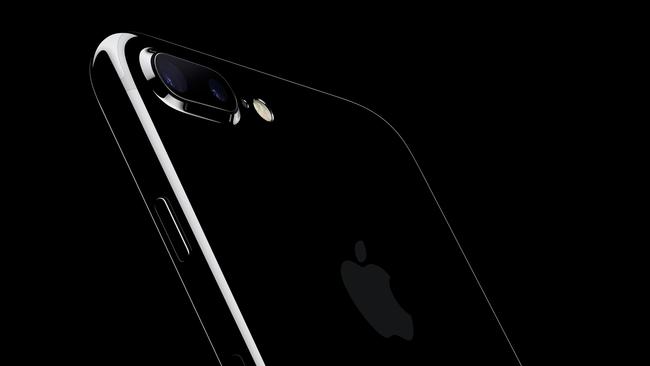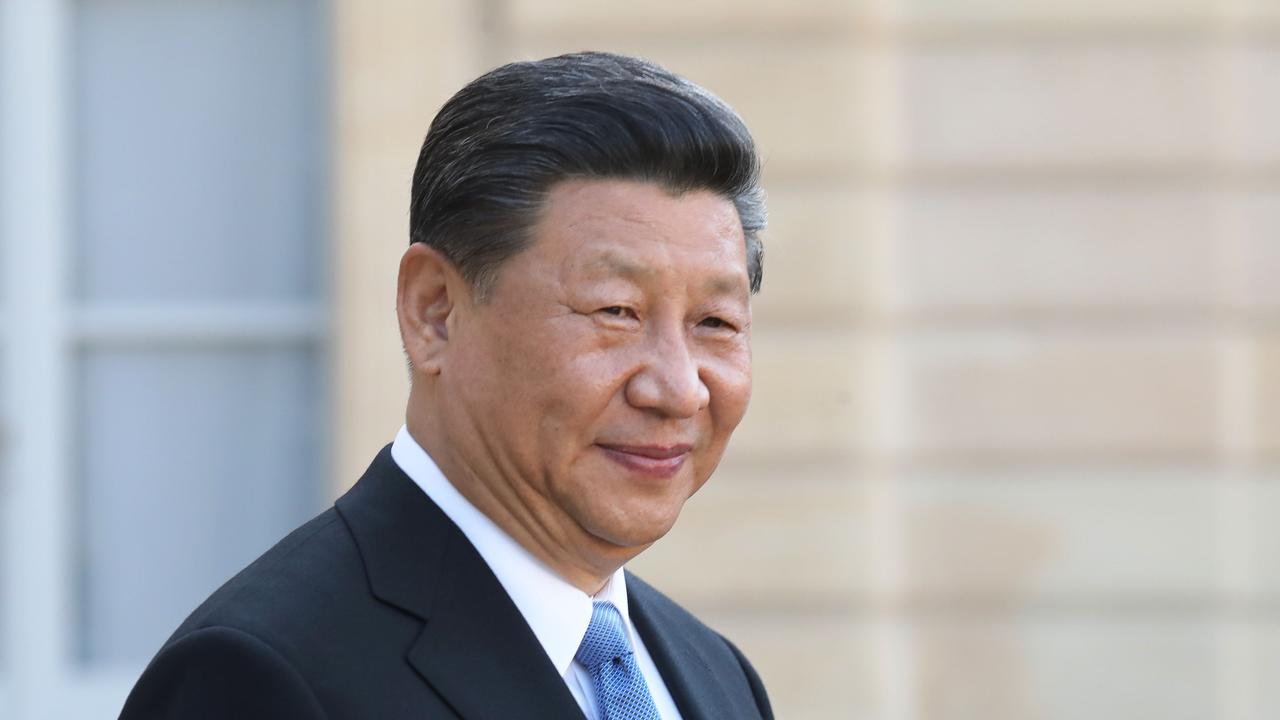iPhone 8: does Apple still have its bite?
Apple is pulling out all the stops on the 10th anniversary of the iPhone with a host of new features. But there’s one big problem they have to overcome.

For the iPhone’s 10th birthday, Apple is giving itself a big, new challenge.
Maintaining its usual secrecy about product plans, Apple is widely expected later this year to announce three iPhones instead of the usual two — updated versions of the current iPhone 7 and 7 Plus as well as a 10th-anniversary iPhone with a different display and new features like wireless charging and facial-recognition technology.
Such devices would make an attractive purchase for customers disappointed with the relatively incremental improvements of recent smartphones. But analysts say that such a plan also has big risks for Apple, including the possibility of a higher price tag that could dampen demand, trickier manufacturing requirements and the added complexity of forecasting and marketing a third model.
Apple co-founder Steve Jobs engineered Apple’s revival in the early 2000s in part by slashing the number of Apple products sold, adopting the philosophy that making fewer but better devices would increase sales. The iPhone’s popularity has tested that philosophy. Though Apple produces fewer handset models than many of its rivals, it has increased the number of colors from one to six in the past decade and expanded from a single model annually to five models last year, including the iPhone 6, iPhone 6 Plus and iPhone SE. Apple also makes the iPad in four models, the Apple Watch in two versions with countless variations, 11 Macs, the Apple TV and a host of accessories.
Most product expansions have come off without trouble under Apple chief executive Tim Cook, whose operational prowess helped turn Apple into the world’s most valuable listed company. The company did run into trouble, though, as its newest device, the AirPod headphones, were delayed several weeks by production challenges and remain back-ordered. It also missed out on sales of the iPhone 7 Plus, its highest-priced handset, during the December quarter because of what Mr. Cook has acknowledged were mistakes in forecasting demand and supply.
Anticipation of the new iPhone has helped push up Apple’s stock price to a record this year, although it has recently lost some of those gains.
Challenges with some upcoming iPhone hardware features have stoked concerns about potential for delays this year specifically for the 10th-anniversary handset. Several analysts say they expect it to be several weeks late because of challenges related to a new type of fingerprint-verification technology. Apple also is running into problems with a lamination process during the device’s assembly, multiple analysts have reported.
“If they lose just one week, that’s big numbers in terms of volume and a lot of revenue and a lot of angst,” Dan Panzica, a supply-chain analyst at IHS Markit who follows Apple closely.
Apple previously ran into production delays in 2012 with the iPhone 5, which featured a new coating material that was more susceptible to scratches.
Broadcom, which supplies chips to Apple for the iPhone, fuelled expectations of a delay during a June 1 analysts call, saying initial production of a next-generation handset from a large North American customer has been “slower this year compared to prior years.” Broadcom didn’t respond to requests for comment. Apple declined to comment.
Apple’s primary iPhone manufacturer, Foxconn Technology Group, has time to improve production processes. Still, supply chain experts said the anticipated risk of delay is greater with the anniversary phone because it is expected to be Apple’s first with an organic light-emitting diode, or OLED, screen. OLED, made by only a few suppliers, is more flexible for phone design than the LCD screens in current iPhones.
OLED technology could enable a thinner iPhone with better battery performance and a screen that bends around the phone’s curved edges, according to display technology executives. But it also puts Apple at the mercy of its biggest competitor, Samsung, which has a 97 per cent share of manufactured mobile displays in the OLED market, according to the OLED Association.
Samsung’s Galaxy S8 phone, a large-display phone unveiled in March, also features an OLED screen, putting Apple in the position of catching up. Wireless providers selling the iPhone are expected to continue promotions for the Galaxy S8.
With three new phones this year, Apple will be pressed to predict sales, supply-chain consultant John Haber of Spend Management Experts said, and it will have to react quickly if it misreads demand forecasts for any of the three devices.
“You have all these variables and uncertainty,” Mr Haber said.
Analysts project Apple could sell the anniversary iPhone for around $US1000 ($1306). RBC Capital Markets estimated that price based on analysis of the higher costs of new materials such as the OLED display, a front-facing camera for facial recognition, increased RAM and storage.
The other two phones, expected to be called the 7s and 7s Plus, will cost around $US700 and $US800 each, according to Nomura Holdings’ Instinet LLC. Apple’s current flagship models, the iPhone 7 and 7 Plus, sell for US$649 and $US769.
The trick for Apple will be making sure the anniversary edition doesn’t come so packed with new features that it completely overshadows the iPhone 7s and 7s Plus phones in the eyes of consumers, said Robert Cihra, an analyst with Guggenheim Partners.
“You don’t want the 7s and 7s Plus to suddenly be considered low-end — because they won’t be priced as such,” Mr Cihra said.
Ken Kahn, a business professor specializing in product forecasting at Virginia Commonwealth University, said Apple will have to calibrate marketing carefully to make sure that doesn’t happen. “You can’t put all the marketing on the new phone and have the other phones not get the marketing they need,” Professor Kahn said.
Wall Street Journal


